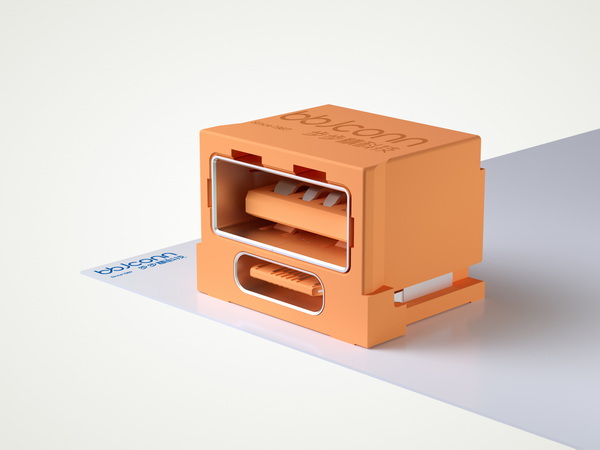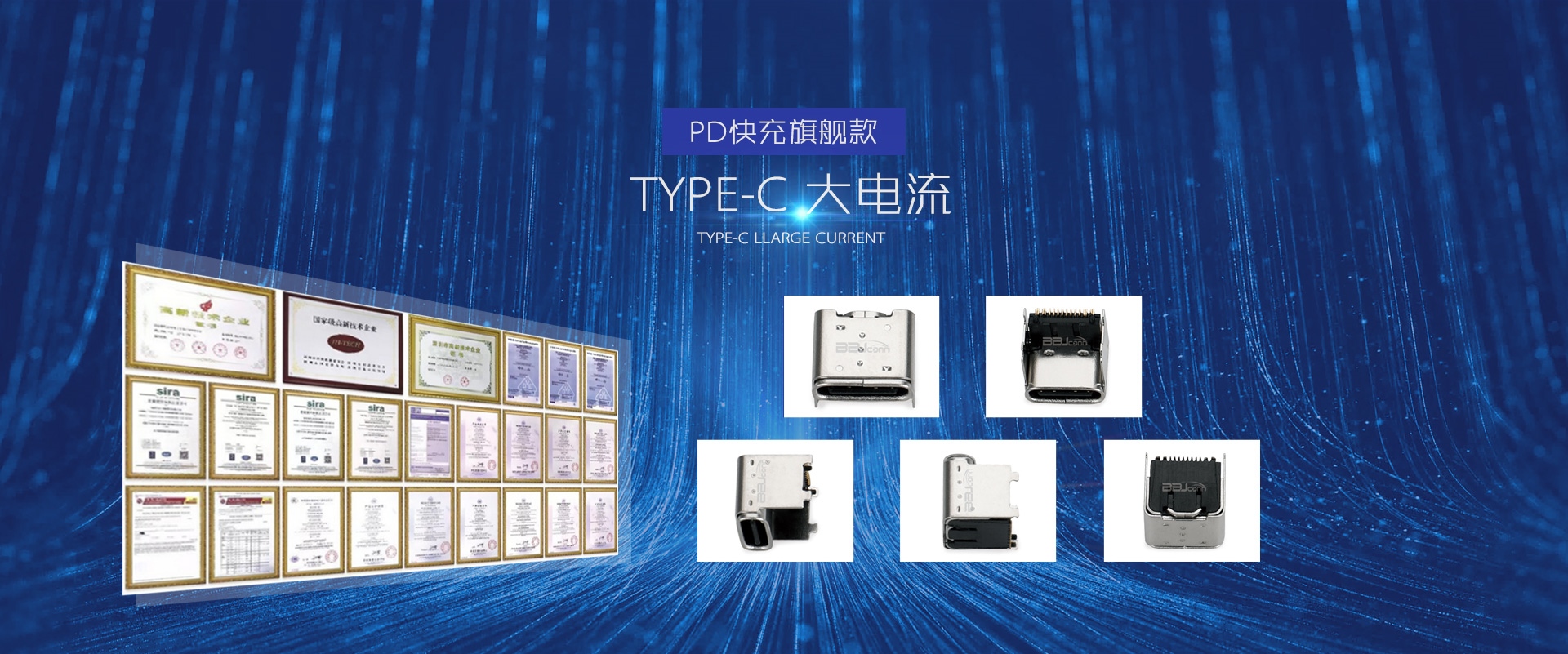Analyzing Type-C dual interface test requirements: ensuring stability and compatibility
In today's digital era,USB Type-C interfaceThe popularity of Type-C has become an indispensable part of all types of equipment. The dual-interface testing requirements for this advanced interface are a strict test of product stability and compatibility. This article will discuss in depth the Type-C dual-interface testing requirements, aiming to provide guidance and solutions for product quality assurance.
Type-C dual interface: the key to product innovation
Type-C dual interface refers to a design in which a device has two USB Type-C interfaces at the same time. This design not only provides users with more connection options, but also allows multiple functional operations to be performed at the same time, thus improving the performance of the device. Flexibility and diversity. However, to ensure the reliability and stability of this innovative design, product testing is particularly important.
Type-C dual interface test requirements: stability first
When conducting Type-C dual-interface testing, stability is the primary consideration. This includes testing the stability of the dual-interface during long-term use to ensure that the dual-interface can work normally and maintain normal operation under various usage scenarios. Stability of the connection. Through comprehensive testing of connection quality, signal transmission, etc., usage problems caused by unstable interfaces can be effectively reduced.
Type-C dual interface test requirements: Compatibility needs to be taken into consideration
In addition to stability, compatibility is also one of the important contents of Type-C dual interface testing. During the design stage, the compatibility of different devices, different operating systems and different versions needs to be considered to ensure that the dual interface can work properly with various devices Connect and transmit data. Therefore, during the test process, it is necessary to simulate various usage scenarios and verify the compatibility performance of the dual interfaces under various circumstances.
Type-C dual interface test requirements: data transmission speed verification
In addition, for Type-C dual interface products, data transmission speed is also an important indicator. During the test process, the data transmission speed of the dual interface needs to be tested to ensure that it can achieve the expected transmission rate and transmit over a long period of time. Maintain stability during the process. This is not only related to user experience, but also directly affects the market competitiveness of the product.

Type-C dual interface test requirements: power supply capability detection
Finally, for Type-C dual-interface products that support charging functions, the power supply capability is also one of the key tests. It is necessary to ensure that the dual interfaces can stably and quickly provide power support for connected devices and remain stable under different charging states. .This is crucial to both the user’s charging experience and the safety of the device.
Conclusion: Ensure the quality of Type-C dual interface products
To sum up, Type-C dual interface testing requirements involve many aspects such as stability, compatibility, data transmission speed and power supply capability. Only through strict testing and verification can the quality and quality of Type-C dual interface products be ensured. Reliability brings a better user experience to users and wins more market competitive advantages for enterprises.
